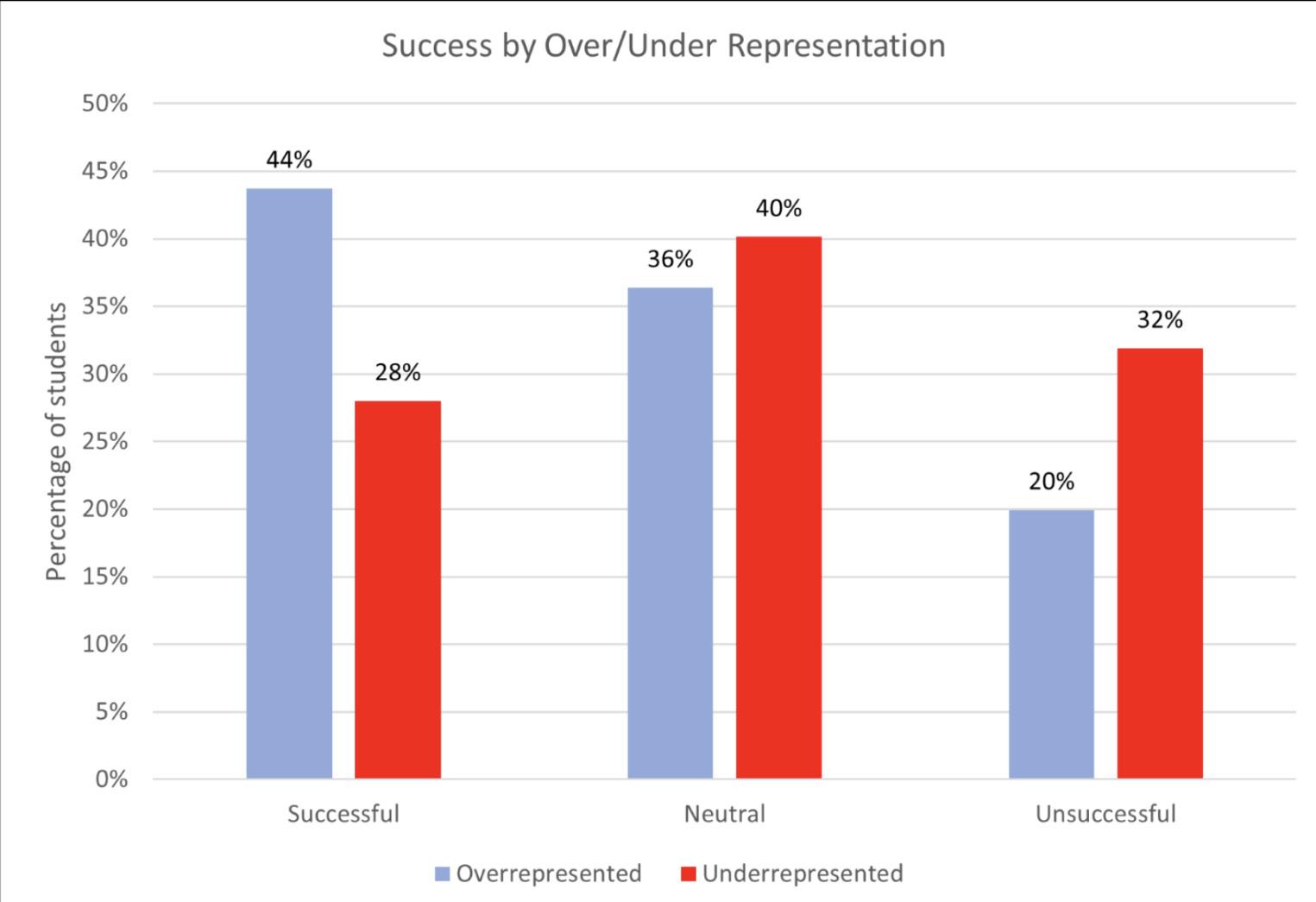
1 minute read
Faculty Research
Tim Madeley
I first noted racial/ethnic equity gaps in my second year of teaching the first accounting course taken by business students, Principles of Financial Accounting. As this course is required for a business degree, it has a disproportionate impact on a student’s choice of career path. The troubling discovery that outcomes in the course correlated with a student’s race or ethnicity led to this research.
Given the unequal results in Principles of Financial Accounting, the first step on a six-year journey to become a Certified Public Accountant (CPA), it is not surprising to learn that the profession lacks diversity to a significant degree with 93% of CPAs being White or Asian.
A review of relevant literature on this subject revealed relatively few studies that addressed the racial/ ethnic differences in the outcomes of introductory accounting courses. There are, however, numerous studies that address this subject in the related but parallel field of STEM education. These studies addressed factors such as quantitative mindset, systemic racism, stereotype threat, and classroom inclusivity. These studies influenced the questions posed to students during the qualitative portion of this research.
The quantitative portion of this research examined the self-reported race/ethnicity and grades earned at community colleges in the State of Washington over a five-year period. The sample size was 31,366 students. The racial/ethnic equity gap for this large sample was 15.72 points and the grades earned had a substantial association with a student’s membership in either an overrepresented or underrepresented group.
The qualitative portion of this research involved conversations with ten students from underrepresented groups who took Principles of Financial Accounting at a Washington State community college in the last three years. Their experiences, taken together with the results of the quantitative analysis, led to several clear strategies to reduce the gaps. These strategies include being more flexible regarding due dates, improving the relationship with the instructor, contextualizing the course content, providing role models that mirror the diversity of the students, and implementing a math prerequisite for the course.










